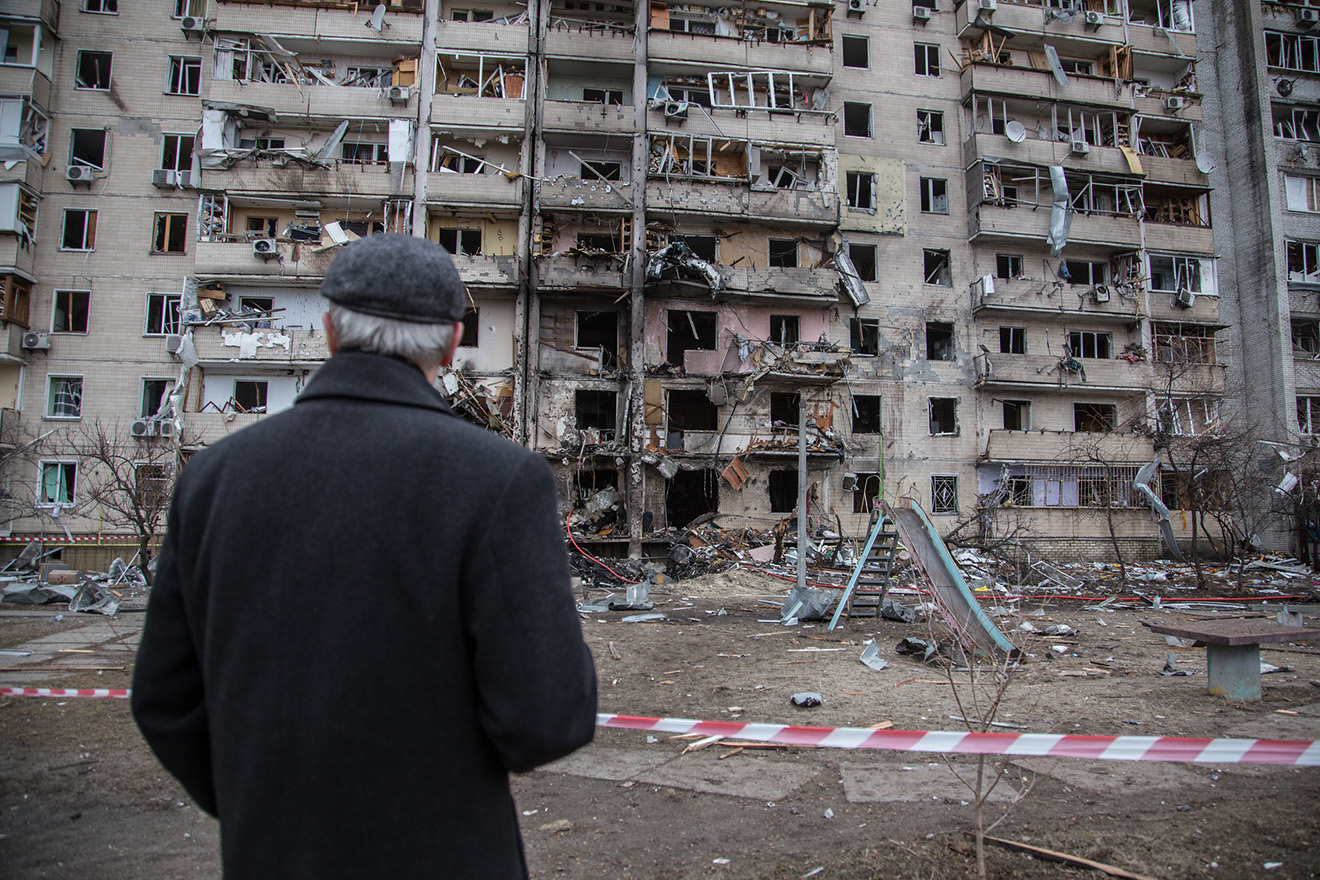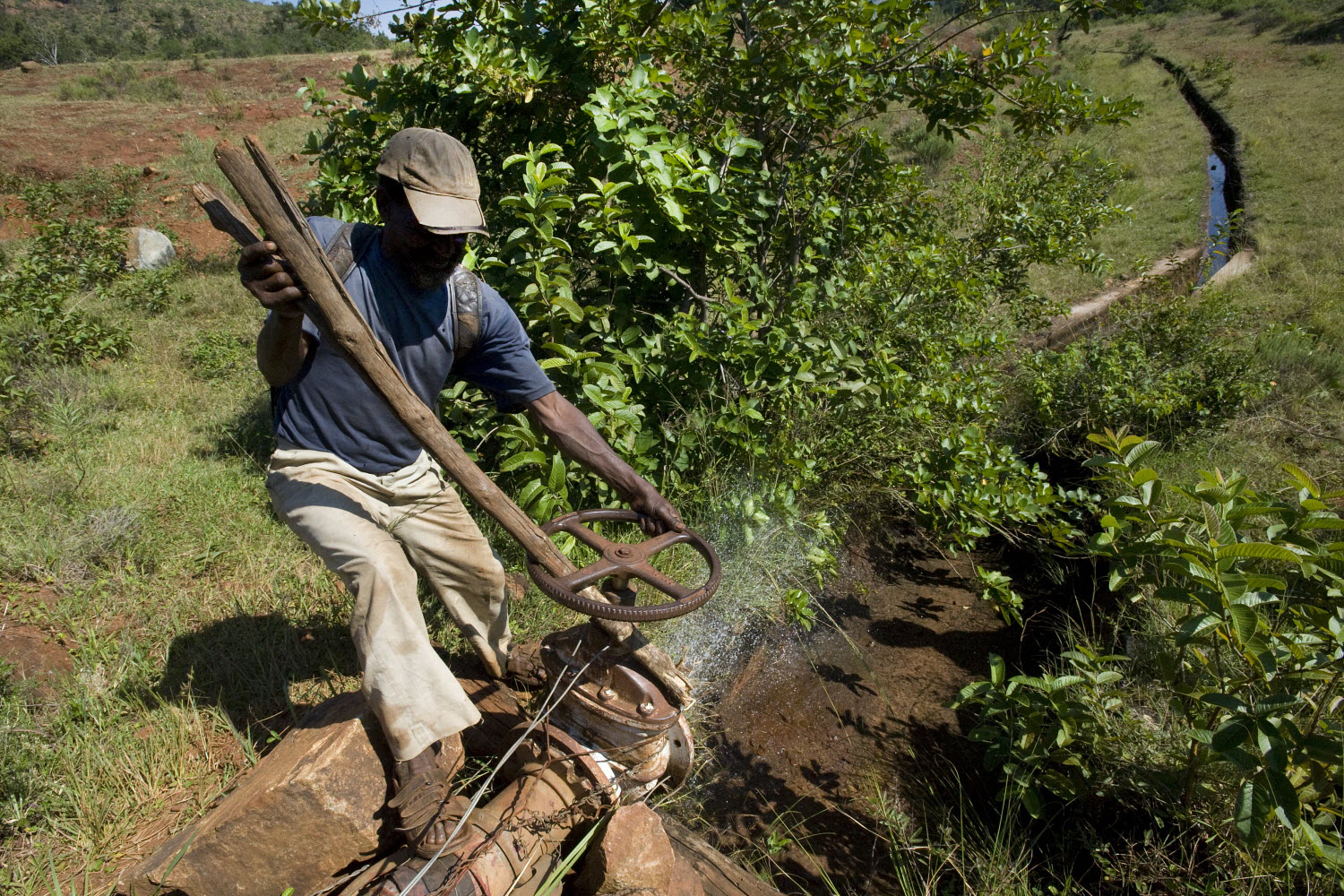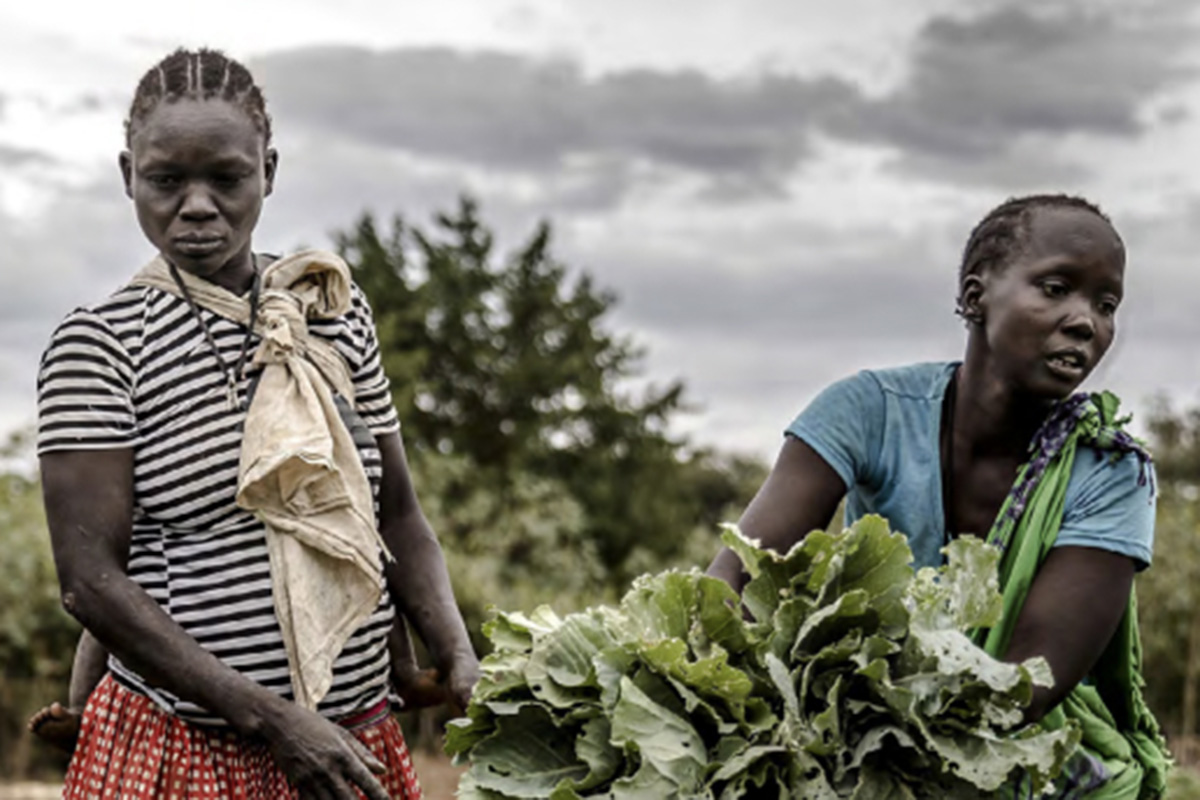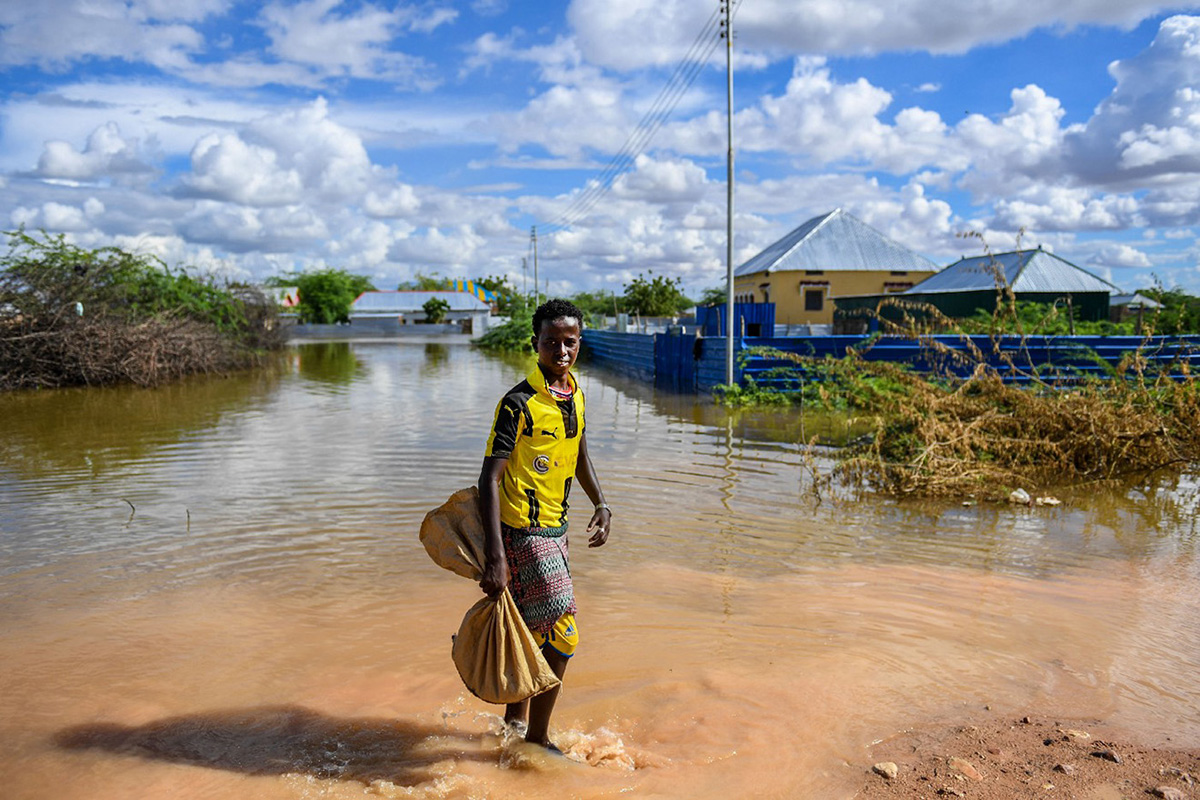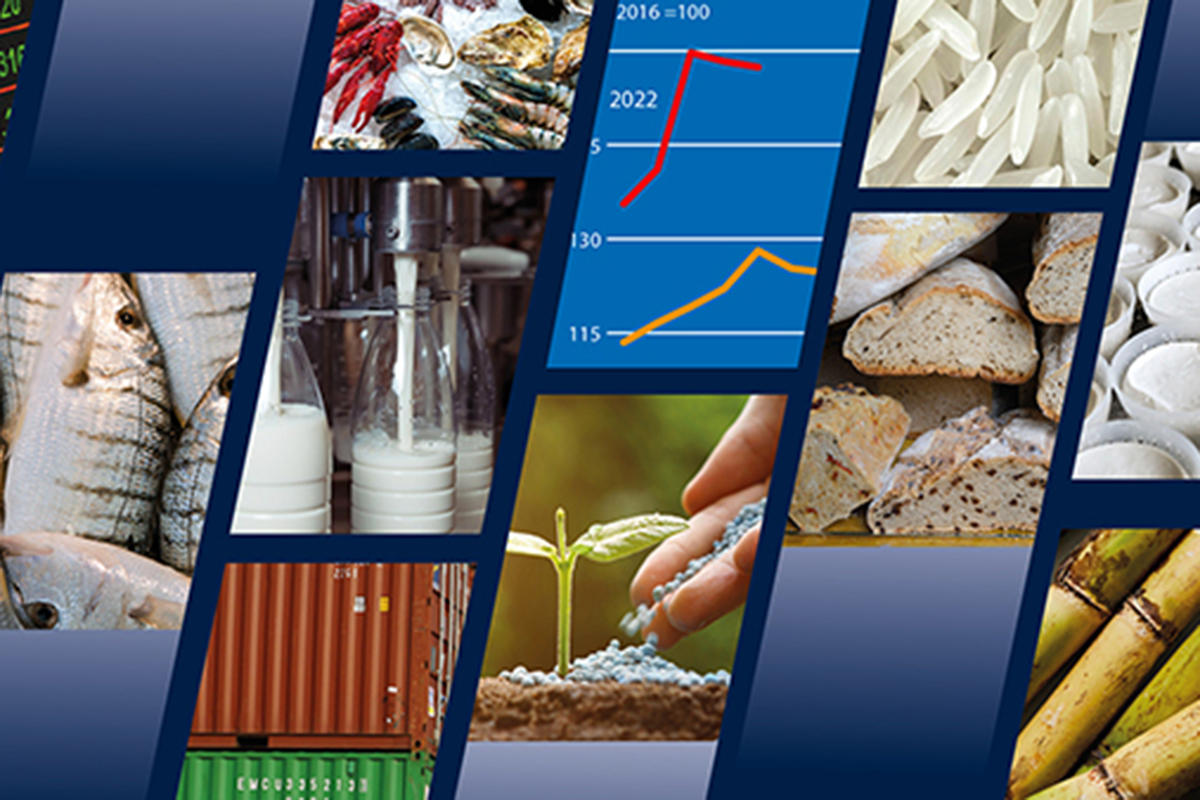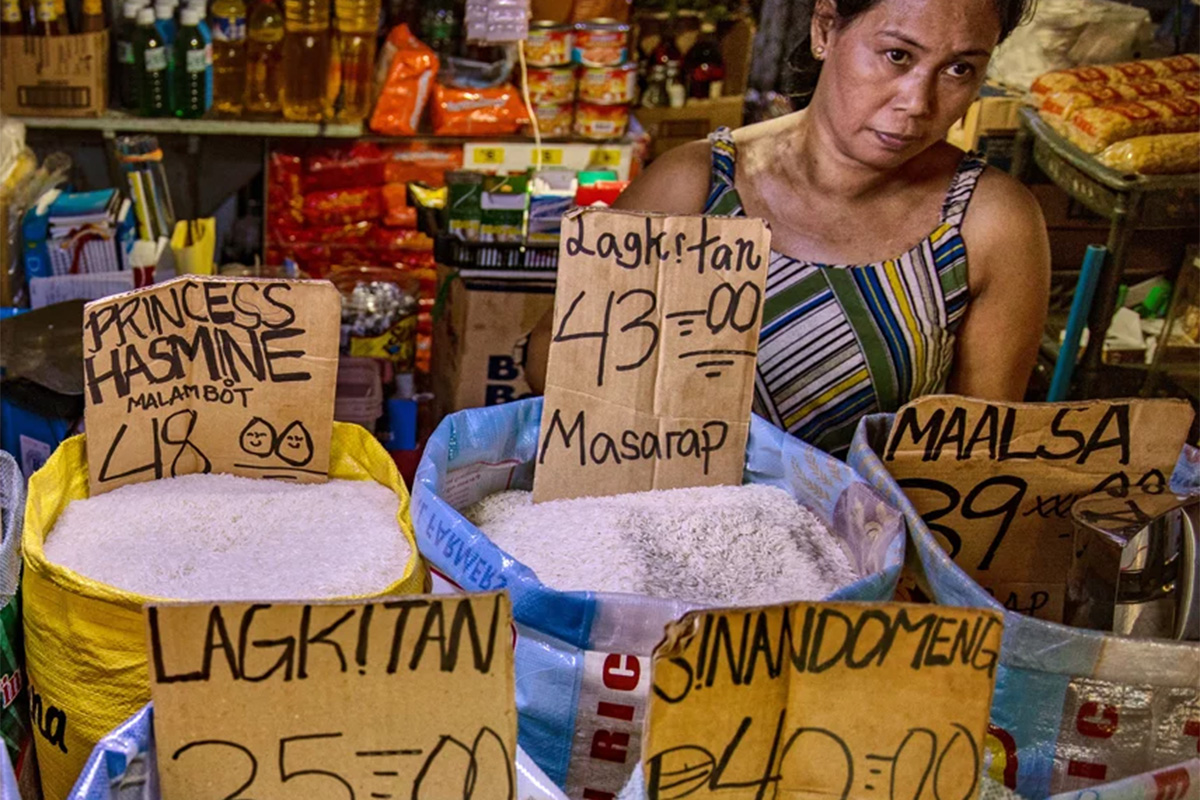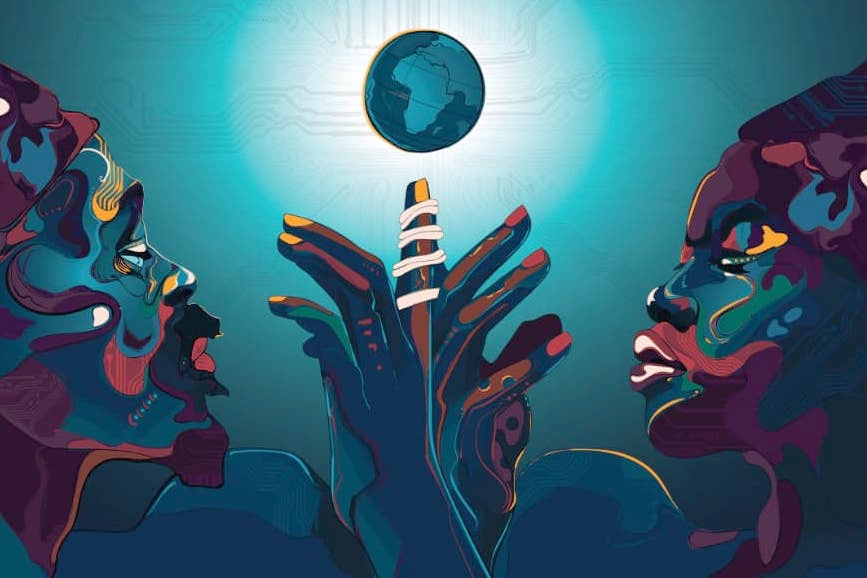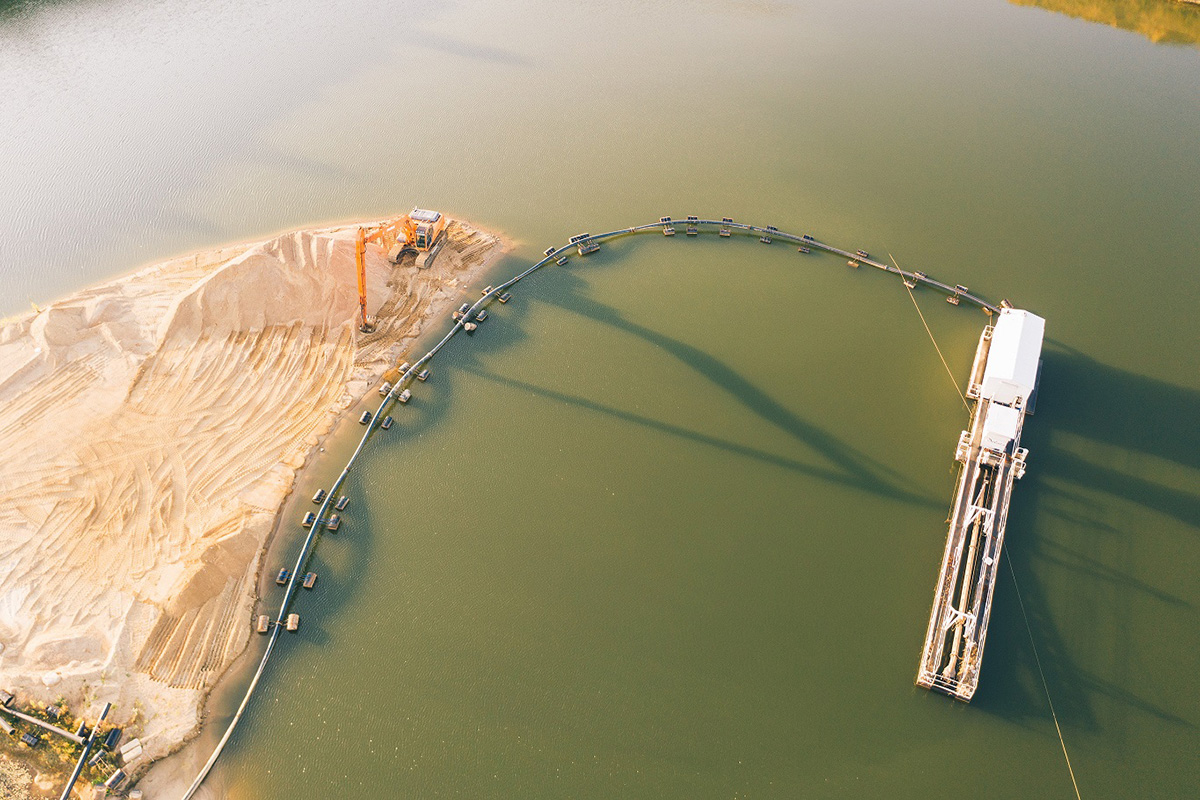We are living in uncertain times. The COVID-19 pandemic, the war in Ukraine, and the climate crisis threaten the world daily. So where do we go from here for a more hopeful future? The upcoming 2021/22 Human Development Report (HDR) seeks to address these questions. Set to be released on 8 September, the 2021/22 HDR examines how inequalities and uncertainty reinforce polarization and undermine our sense of control over our lives. But this report is also about opportunity: working towards shared goals and on human development is critical to creating a future in which we can all thrive.
The devastating consequences of the war in Ukraine have spread far beyond the region’s borders. Fuel and food prices are skyrocketing. Initially, wheat prices went up by 62 percent, although they have fallen slightly. The slight decline in commodity prices has not meant lower inflation, which continues to accelerate. A recent UNDP report states 71 million people have already fallen into poverty in just three months—a rate much faster than during the pandemic. The Balkans, Caspian Sea, and sub-Saharan Africa Sahel are particularly affected.
Water is one of the world’s most precious resources and access to clean water and safe, nutritious food is a basic human right. Water connects us all and is essential to everything we do. Water is also vital for agriculture, livestock and fisheries and key to food production, nutritional security and health. Yet, global water quality is deteriorating at an alarming rate, and land and water resources around the world are at a breaking point, according to FAO’s latest report, State of the World’s Land and Water Resources for Food and Agriculture.
Millions of refugees and migrants face poorer health outcomes than their host communities, especially where living and working conditions are sub-standard, according to a WHO report.
A tentative recovery in 2021 has been followed by increasingly gloomy developments in 2022 as risks began to materialize. Global output contracted in the second quarter of this year. Several shocks have hit a world economy already weakened by the pandemic: higher-than-expected inflation worldwide triggering tighter financial conditions; a worse-than-anticipated slowdown in China; and further negative spillovers from the war in Ukraine. IMF reports a decrease in the baseline forecast for growth to slow from 6.1 percent last year to 3.2 percent in 2022.
To counter the denial and distortion of the Holocaust, UNESCO and the United Nations sought to objectively measure the extent of these phenomena on social networks.
FAO’s flagship publication, the State of Food Security and Nutrition in the World 2022, shows how efforts to make progress towards SDG 2 - Zero Hunger, are proving insufficient.
The multiple and interlinked global crises we are facing – the COVID-19 pandemic, the climate crisis and the conflict in Ukraine – are putting the very viability of achieving the Sustainable Development Goals (SDGs) by 2030 at great risk, according to The Sustainable Development Goals Report 2022. This annual progress document prepared by DESA offers a global overview of the current situation of the SDGs. Based on the most recent data and using inputs from more than 50 international and regional organizations, the report urges to redouble our efforts to achieve our global goals.
World Cities Report 2022: Envisaging the Future of Cities seeks to provide insights into the future of cities based on existing trends, challenges and opportunities, as well as disruptive conditions, including the lessons from the COVID-19 pandemic.
FAO presents the lessons of the International Symposium on Fisheries Sustainability, supporting the development of a new vision for sustainable and socially just fisheries, resilient to the changes of the twenty-first century. From the symposium a set of recommendations emerged to improve the sustainability of capture fisheries and progress towards the different targets of the SDGs. The unequal progress in fisheries management highlights the urgent need to replicate and re-adapt successful policies to maintain healthy fish stocks.
Just over two years after COVID-19 caused the deepest global recession since World War II, the world economy is again in danger. This time it is facing high inflation and slow growth. Even if a global recession is averted, the pain of stagflation could persist for years- unless major supply increases are set in motion. The World Bank’s latest report presents the risk of stagflation, with potentially harmful consequences for middle- and low-income economies alike. A forceful, wide-ranging policy response is required to boost growth.
ITU organizes a World Telecommunication Development Conference (WTDC) every four years to further telecommunication development. At a time when access to digital technologies has never mattered more, WTDC is a unique opportunity to develop innovative approaches and new models of collaboration for connectivity and digital solutions towards the achievement of the SDGs. The conference takes place this year in Kigali, Rwanda, from 6 to 16 June. In parallel, launching on 6 June, the Global Connectivity Report 2022 takes stock and charts a path to universal and meaningful connectivity.
Innovation in transport-related hydrogen fuel cells has boomed for the technology that can power vehicles without the emissions that contribute to global climate change, a new WIPO report shows.
50 billion tons: enough to build a wall 27 metres wide and high around planet Earth - sand must be recognised as a strategic resource and its use needs to be rethought, finds a new report by UNEP.

